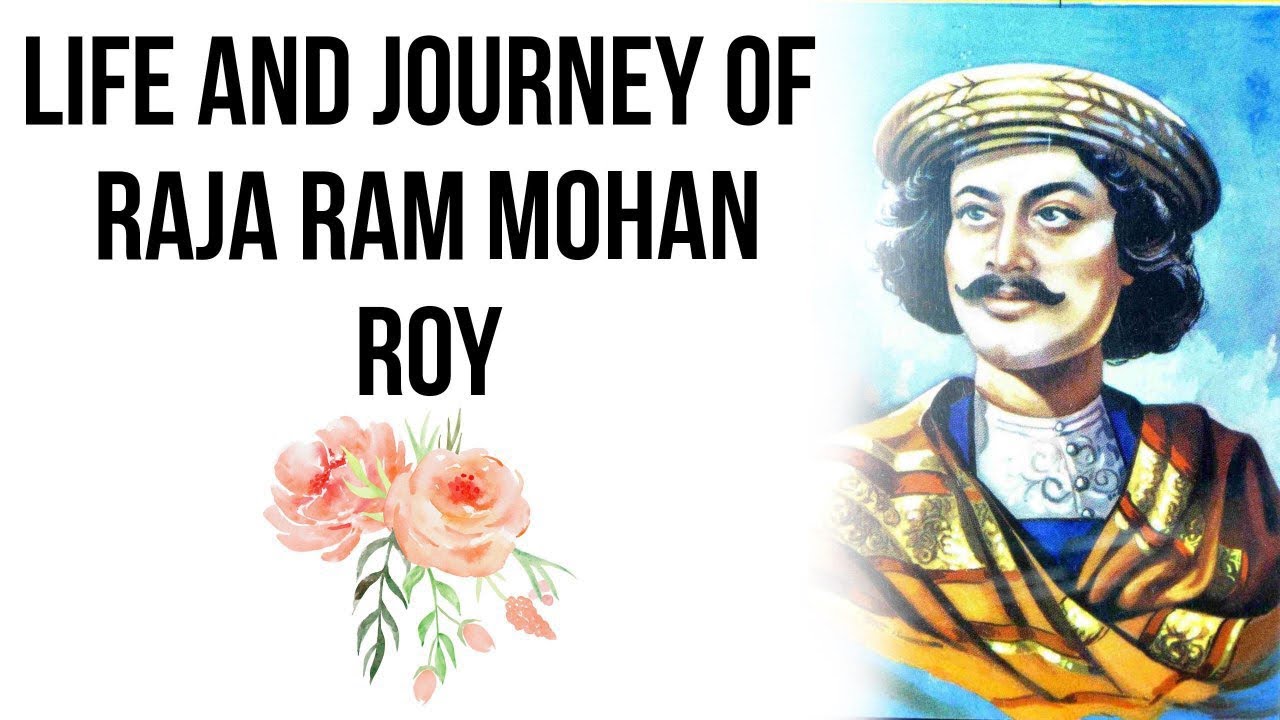Raja Ram Mohan Roy is considered the pioneer of the modern Indian Renaissance for the remarkable reforms he brought in 18th and 19th century India. Among his efforts, the abolition of the brutal and inhuman Sati Pratha was the most prominent.
Biography

His efforts were also instrumental in eradicating the purdah system and child marriage. In 1828, Ram Mohan Roy formed the Brahmo Samaj, uniting the Bhramos in Calcutta, a group of people, who had no faith in idol worship and were against the caste restrictions.
The title ‘Raja’ was bestowed upon him by the Mughal emperor Akbar II, in 1831. Roy visited England as an ambassador of the Mughal King to ensure that Bentick’s regulation banning the practice of Sati was not overturned. He died of meningitis in 1833 while residing in Bristol, England.
Personal Information

- Born: August 14, 1774
- Place of Birth: Radhanagar village, Hoogly district, Bengal Presidency (now West Bengal)
- Parents: Ramakanta Roy (Father) and Tarini Devi (Mother)
- Spouse: Uma Devi (3rd wife)
- Children: Radhaprasad and Ramaprasad
- Education: Persian and Urdu in Patna; Sanskrit in Varanasi; English in Kolkata
- Movement: Bengal Renaissance
- Religious Views: Hinduism (early life) and Brahmoism (later in life)
- Death: September 27, 1833
- Place of death: Bristol, England
- Memorial: Mausoleum at Arnos Vale Cemetery, Bristol, England
Early Life and Education
Raja Ram Mohan Roy was born on August 14, 1774, to Ramakanta Roy and Tarini Devi in Radhanagar village of Hoogly district, Bengal Presidency. His father was a wealthy Brahmin and orthodox individual and strictly followed religious duties. At the age of 14 Ram Mohan expressed his desire to become a monk, but his mother vehemently opposed the idea and he dropped it.
- Advertisement -
Following the traditions of the time, Ram Mohan got into child marriage at age nine but his first wife died soon after the marriage. He was married for a second time at ten and had two sons from the marriage. After the death of his second wife in 1826, he married for the third time and his third wife outlived him.
Though his father Ramakanto was very orthodox but wanted his son to pursue higher education. He got a Bengali and Sanskrit education from the village school. After that, Ram Mohan got to Patna to study Persian and Arabic in a Madrasa. Persian and Arabic were in high demand at that time as it was still the court language of the Mughal Emperors. He studied the Quran and other Islamic scriptures. Post completion of his studies in Patna, he went to Benares (Kashi) to learn Sanskrit.
He mastered the language in no time and began studying scriptures, including the Vedas and Upanishads. Roy learnt the English language at the age of 22. He read the works of philosophers like Euclid and Aristotle which helped shape his spiritual and religious conscience.
Social Reforms

During the late 18th century the society in Bengal burden with a host of evil customs and regulations. Elaborate rituals and strict moral codes enforce which were largely modify, and badly interpret ancient traditions. Practices like child marriage (Gouridaan), polygamy and Sati prevalent that affect women in society.
The most brutal among these customs was the Sati Pratha. The custom involved the self-immolation of widows at their husband’s funeral pyre. While the custom in its original form gave choice to the women to do so, it gradually evolved to be a mandatory custom especially for Brahmin and higher caste families.


